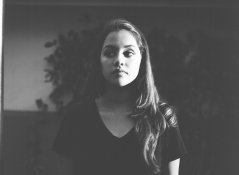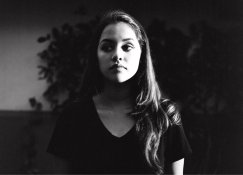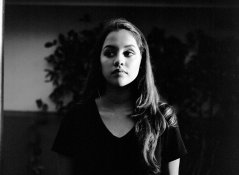photoloveart
Member
- Joined
- Sep 15, 2015
- Messages
- 17
- Format
- Medium Format
Hello. Just got back (still waiting for neg's) from lab my pics. I'm new to film and to tri-x film. I need help in determining (problem on my end or Lab) what corrections on my end I must do for my next attempt in using tri-x. I've attached photo in question.
Mamiya 645 super 80mm 2.8 lens. (I've shot Tmax 400 and portra 400 with it and exposures all good)
Late afternoon shoot.
ISO 400, Ap. 4.0, 1/1000 (Incident metered off face towards camera)
Mamiya 645 super 80mm 2.8 lens. (I've shot Tmax 400 and portra 400 with it and exposures all good)
Late afternoon shoot.
ISO 400, Ap. 4.0, 1/1000 (Incident metered off face towards camera)






